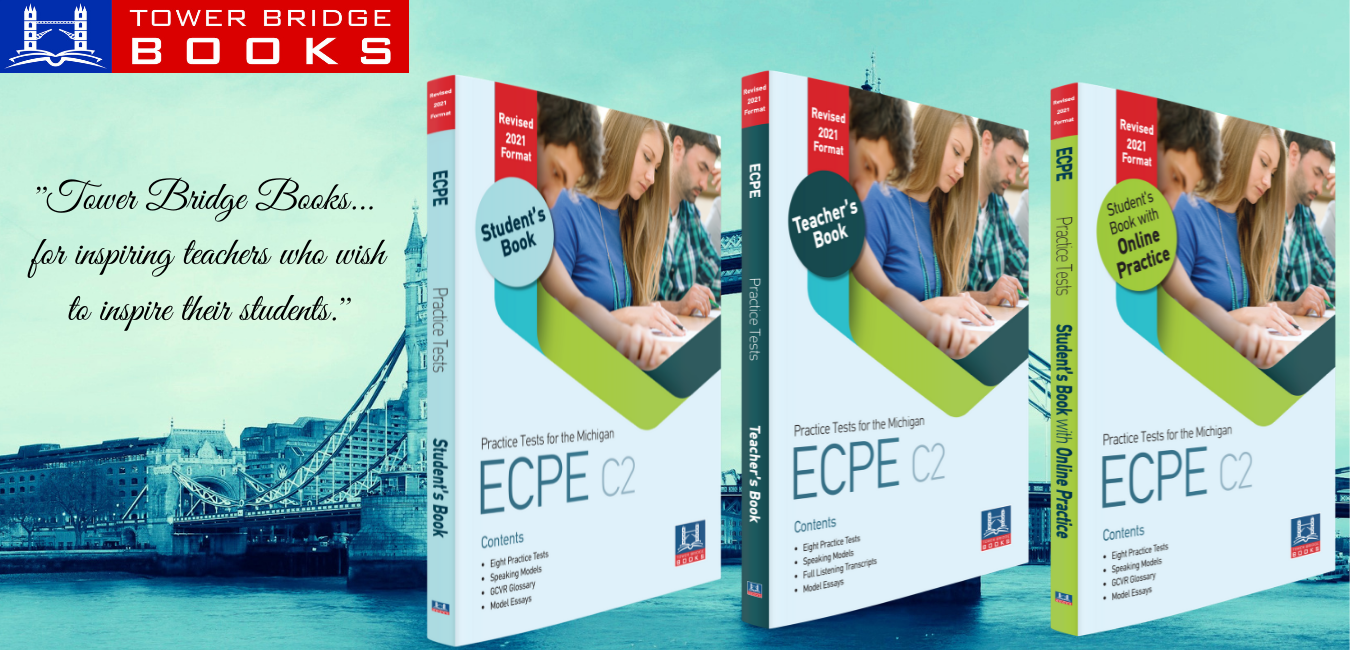This plan was designed to guide teachers who haven’t had formal training in project-based learning.
Teachers trying their hand at project-based learning (PBL) may be uncertain as to how to strengthen their project ideas and make them the best possible learning experiences for students. For teachers without access to training, a research-informed framework for PBL and a few strategies for defining and organizing the student experience can considerably improve outcomes.
The High-Quality PBL (HQPBL) framework, when executed effectively, provides elements like authenticity, project management, and public products for educators to use for creating the conditions for learning to stick and continue after projects.
For example, content or elective teachers can increase authenticity in projects by bringing in industry experts (e.g., engineers, environmental scientists, computer programmers, activists) at the launch to introduce the type of work that students will be learning to do.
Teachers can also help students improve their work by having them develop public products with a call to action advocating for causes they care about and instructing audiences of community members on the next steps to take.
Before diving into the framework, let’s quickly dispel two of the biggest misconceptions and roadblocks to attempting PBL that I’ve heard from educators.
COMMON PBL HURDLES
1. I have to prepare my students for exams (or cover lots of content) and can’t dedicate an entire school year or semester to planning or teaching this way. I agree—do not abandon the teaching practice you have carefully honed. Instead, implement one project a semester, connect it to learning in your area as best as possible, and implement it for no more than two to three weeks at a time.
2. I’m a content teacher and am not exactly sure how to make real-world projects. I admit this can be tricky the first time around. Focus on important problems in the community (e.g., health, financial inclusion, environment). Let the kids pick the issue(s) they want to tackle and develop a plan for knowing their topic inside and out, along with solutions.
See this video example where educator Jose Gonzalez of Compton Unified School District in California implemented a terrific inter-disciplinary project: allowing students to choose their path to advocate for change in their communities.
USING THE HIGH QUALITY PBL FRAMEWORK
Established in 2018, the HQPBL framework is a consensus of both the research and the accumulated practice of PBL leaders and experts worldwide. It can be used with learners of all ages, but it’s particularly well-suited to middle and high school students who are passionate about solving meaningful problems.
The framework is designed to provide educators who have no access to formal training with resources that enable them to enact PBL practices on their own by setting the criteria for the student experience using the following six elements.
1. Intellectual challenge and accomplishment. Students investigate challenging problems or issues over an extended period of time. I recommend two to three weeks for teachers new to the process. Throughout this period, they should develop the essential content knowledge and concepts central to academic disciplines. Therefore, I encourage teachers to have students use the thinking routines and problem-solving strategies they typically use (e.g., Blooms, design thinking, scientific Inquiry, computational thinking) to think critically in their content area.
2. Authenticity. Projects focus on real-world connections that are meaningful to students—including their cultures and backgrounds. Additionally, the tools and techniques they employ mimic those used by career professionals. By inviting experts into the classroom and having students assume authentic career roles (e.g., engineer, doctor, auto technician), they can learn valuable career pathway options and see how their work and the solutions they develop impact others.
3. Public product. The students’ final products are presented to the public as a culminating event. This means the work they produce is seen and discussed with the broader community—including parents, industry professionals, other classes, administrators, and community members.
When students know that others will see their work, this may motivate them to put their best foot forward. Public products are not limited to presentation nights—student work can be displayed as public art, as exhibits, or online via social media, YouTube, and safe school websites.
4. Collaboration. Working with others is a PBL hallmark where students collaborate with both adults and their peers in a number of different ways. Adults serve as mentors and guides and can include teachers, community members, or outside experts. In teamwork between students, each learner contributes their individual skills and talents. I find that learners of all ages need good collaboration tools—team contracts and task lists are an excellent place to start.
5. Project management. Students help manage the project process, using tools and strategies similar to those used by adults. I’ve seen teachers using several tools for assisting learners in keeping their work organized—good ones include scrum boards, using design thinking during the ideation process, and maintaining important documents in Google Classroom and Schoology.
I’ve also found that some learners benefit greatly from keeping a daily schedule before attempting to help manage projects. As students’ capacity for self-management increases, teachers take on the role of facilitator, helping guide students through the process rather than directing it.
6. Reflection. The learning process is enhanced by frequent reflections that help students think about their progress and how to improve their work. I like to have them complete products in drafts and jump-start reflection through critique protocols—this helps learners retain content and skills longer and gives them the awareness of how they learn best by using reflection for metacognition. Other methods for reflection may include journaling, the 3-2-1 strategy, and the one-minute paper.
“Framework first, mindset second” is a powerful principle I use for helping colleagues understand that having good general guidelines for doing something new is the prerequisite to developing second-nature expertise. The HQPBL framework can be a good place to start for beginning to use PBL as a research-informed instructional approach.
By Jorge Valenzuela








